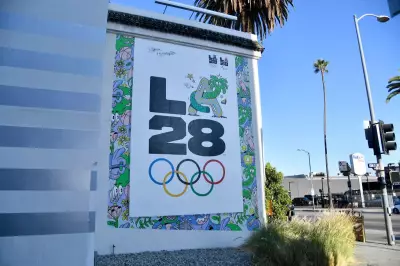
McLaren Racing has lifted the lid on their carefully crafted team regulations, known internally as the 'Papaya Rules', designed to manage the increasingly competitive relationship between star drivers Lando Norris and Australian teammate Oscar Piastri.
The Philosophy Behind the Rules
Team principal Andrea Stella revealed that these guidelines aren't about restricting competition, but rather creating a framework that allows both drivers to push each other to the limit while maintaining team harmony. "We want them to race hard," Stella emphasised, "but within clear boundaries that protect the team's overall objectives."
Learning from History
The rules come as a direct response to Jacques Villeneuve's recent criticism questioning whether McLaren had the necessary structure to handle two top-tier drivers. Rather than dismissing the 1997 World Champion's comments, Stella acknowledged their validity, stating: "We took Villeneuve's points seriously. Every team needs clear rules of engagement when you have two drivers capable of winning."
What the Papaya Rules Entail
- Clear racing guidelines for wheel-to-wheel combat between teammates
- Transparent communication protocols between drivers and engineering teams
- Shared development responsibilities for car improvements
- Mutual respect standards both on and off the track
The Norris-Piastri Dynamic
Both drivers have embraced the structure, with Norris noting: "When you know where the lines are, you can push harder right up to them." Piastri, in his second season with the team, has welcomed the clarity, suggesting it actually enhances their ability to compete fairly.
The system appears to be paying dividends, with McLaren emerging as the most consistent challenger to Red Bull's dominance in recent races. The papaya-coloured cars have secured multiple podiums, proving that controlled competition can drive performance rather than hinder it.
Looking Ahead
As the championship battle intensifies, McLaren's Papaya Rules will face their ultimate test. With both drivers demonstrating race-winning pace, the team's ability to manage this 'luxury problem' could determine their constructors' championship fate.
One thing is certain: in the high-stakes world of Formula 1, McLaren has chosen structure over chaos, and the results are speaking for themselves.





